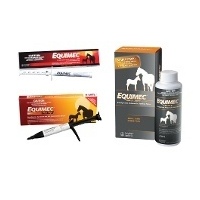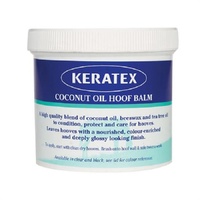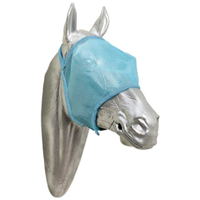Does Feeding Sulfur Help the Hoof?
Author: Life Data Labs Inc Date Posted: 3 October 2024
Sulfur is abundant in the hoof. The “rotten egg” odor produced during hot-shoeing is the smell of sulfur gas resulting from burning the sulfur – rich connective tissue proteins of the hoof.
The connective tissues of all mammals are rich in the mineral sulfur. The skin, hair, ligaments, tendons, cartilage, and horses’ hooves are primarily collagen. Collagen is the protein of connective tissue and is the most abundant protein in the mammalian body. Sulfur depletion is known to lead to connective tissue problems; however, too much sulfur in the diet may have a negative effect on connective tissue strength.
Amino Acids Combine to Make Protein
Twenty amino acids are known to make up the building blocks for mammalian body protein. Approximately one-half of the amino acids are essential amino acids that the body cannot make, and therefore, they must be ingested. Methionine is an essential amino acid that the body can convert to another “sulfur-containing” amino acid called cysteine. Cysteine is important because it furnishes the sulfur “welds,” or crosslinks, necessary for healthy collagen and, thus, robust hoof infrastructure. A deficiency of sulfur-containing amino acids could lead to structural weakness of the ligaments, tendons, bones, joints, and hooves.
“Organic” Forms of Sulfur
Since methionine and cysteine are naturally occurring “sulfur-containing” amino acids, they are considered “organic” forms of sulfur. The organic forms of sulfur supply the majority of sulfur needed to meet the horse’s sulfur requirement. Plants provide inorganic and organic sulfur to the horse; however, the inorganic sulfur is poorly absorbed by the horse’s digestive tract. The equine hindgut microbes may utilize some inorganic sulfur to synthesize their cellular proteins, but the absorption of these amino acids is compromised at this point in the digestive tract.
Hoof Supplements, Joint Supplements, MSM and Sulfur
Most joint supplements contain MSM (methylsulfonylmethane). MSM contains about 34% sulfur and is manufactured via a chemical reaction involving DMSO (dimethyl sulfoxide) and hydrogen peroxide. Following the chemical reaction, a refinement process is necessary to remove any impurities or toxic by-products from the MSM.
Excessive dietary sulfur can result from either MSM supplementation, excess supplementation with the sulfur-containing amino acids methionine and cystine, or a combination of MSM/methionine/cysteine supplementation. Excess sulfur in the diet has been shown to block the proper utilization of copper in many species. Copper and vitamin C are necessary for forming collagen to build the healthy connective tissue essential for solid hooves and joints.
Hoof Supplements with Sulfur
Many hoof supplements contain organic sulfur in the form of the essential amino acid methionine to balance the relative deficiency of this amino acid in typical equine feedstuffs. Farrier’s Formula® Double Strength contains methionine that provides the optimal sulfur level for healthy connective tissues and hooves. If the horse has joint problems in addition to hoof problems, Life Data® manufactures a Hoof and Joint combination product that prevents the over-supplementation of sulfur. This product, Farrier’s Formula® DS Plus Joint, contains the nutrients essential for healthy hooves plus ornithine, proline, and manganese for joint and ligament health.
Over-Supplementation
Over-supplementation with many nutrients has other adverse effects. Giving more than one vitamin/mineral supplement to a horse is generally not a good idea unless they are formulated to be provided together. Giving a balanced supplement backed by research and years of proven effectiveness and avoiding other supplements with duplicate nutrients can lead to a healthier and happier horse.
Scott Gravlee, DVM, CNS
Equine Nutrition Consultant
Life Data Labs, Inc.





